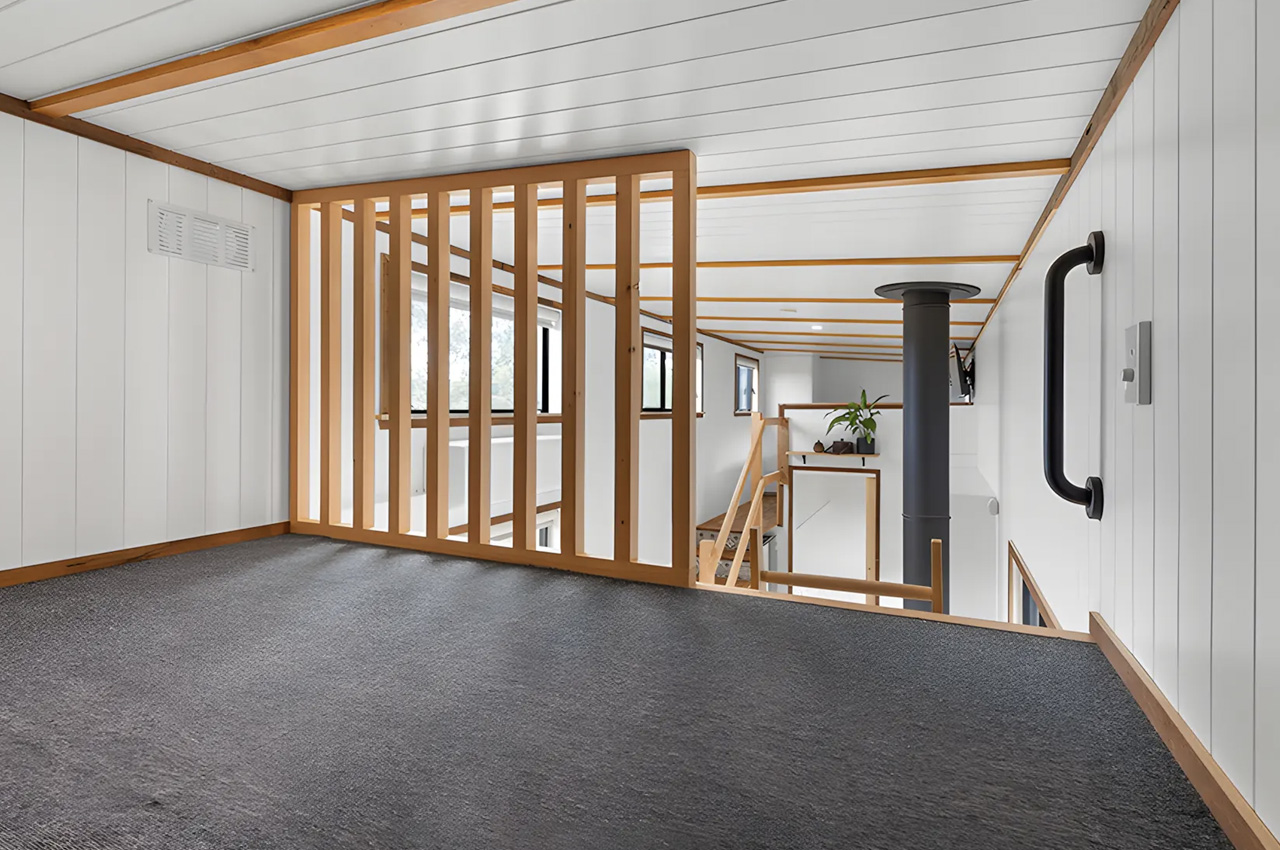Cars and bikes have headlights, so why is it that joggers have to rely on phone flashlights or those awkward headlamps that workers in mines use? Designed by avid running enthusiast and Ironman participant Bryan Robbins, the Lumabelt is one part utility belt one part high-vis flashlight. Turning the humble runner’s fanny pack into something much more sleek and functional, Lumabelt is a slim wearable that stores your phone, keys, and wallet while you’re running… but it also comes with a built-in LED flashlight strong enough to illuminate the path ahead of you while you run, helping you see as well as be seen by others. Plus its $29 price tag makes it a no-brainer for pretty much anyone who finds themselves navigating the outdoors in the dark, whether you’re taking your dog for a walk, hiking a trail, or even if your job is in the security domain.
Designer: Bryan Robbins
Click Here to Buy Now: $29 $40 ($11 off). Hurry, only 4/116 left!
A seasoned athlete, Robbins took to the roads to exercise after realizing his sedentary lifestyle was making him gain a lot of weight. Motivation pushed him to get off his office chair and go get some physical exercise – but the late nights proved to be an obstacle to his routine. Regular head-mounted lamps weren’t elegant, and the waist-mounted ones he had were either way too bulky, or didn’t have lights that were powerful enough. The reason, Robbins figured, was that these products were created by companies built on profit motives, not by actual runners or by brands that listened intently to runners. The first prototype of the Lumabelt was soon born, given his need to have a ‘sleek’ utility belt that also housed a powerful seamlessly integrated light.
Barely 3 inches high, the Lumabelt is a pretty sleek runner’s belt that has enough space for your essentials, but also packs an incredibly powerful flashlight that does a much better job of helping you navigate the dark. The spacious pocket holds your keys, phone, AirPods case, and even a compact power bank if you want to charge your phone or your Lumabelt while running. A 420-lumen LED strip practically works as your own personal headlight, letting you see the road ahead of you very clearly. For comparison, smartphones have flashlights that max at around 60 lumens. The Lumabelt offers two brightness modes to choose from – a Mid-Bright that works well in dawn/dusk settings, and a Full-Bright that’s perfect for the dark.
The beauty of the Lumabelt’s design comes from Robbins’ own experiences, as he faced quite a few struggles with utility belts that were too bulky or bounced around while he ran. To counter this, the Lumabelt has a sleek, streamlined, body-hugging design that doesn’t flip-flop as you sprint. The LED strip is mounted at a lower-facing angle so the light shines directly on the ground ahead of you, and a built-in battery gives you roughly 3 hours of continuous usage on Full-Bright mode, which can either be significantly extended by using a power-bank, or by switching to the Mid-Bright setting.
The belt comes with a one-size-fits-all design, working on waist sizes between 28 and 60. The pockets are expandable too, letting you tuck more than just 1-2 items in if you want to carry other EDC too. Although designed for night runners, the belt proves to be pretty useful across a variety of needs and occupations. It works phenomenally well for campers and hikers, travelers, cave exploration, dog-walking, or even security. The Lumabelt starts at a discounted $29, with global shipping this September.
Click Here to Buy Now: $29 $40 ($11 off). Hurry, only 4/116 left!
The post This Ultimate Jogger’s Utility Belt gives you a waist-mounted 420-lumen LED Flashlight and EDC storage first appeared on Yanko Design.
























